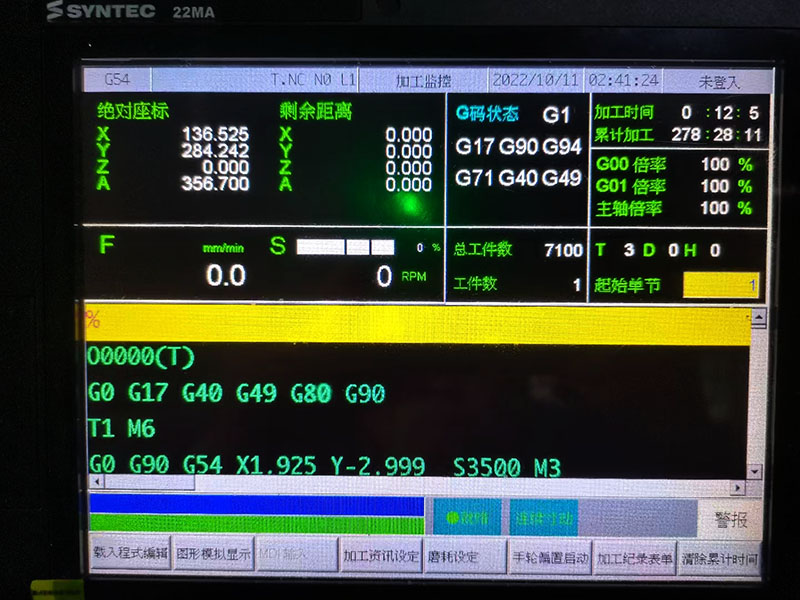
Shaft parts is one of the typical parts, its hardware accessories are mainly used to support the transmission parts, transmission torque and load bearings, according to the different structure of shaft parts, generally can be divided into optical shaft, ladder shaft and three kinds of special-shaped shaft; Or it is divided into solid shaft, hollow shaft, etc., used for mechanical support gear, wheel and other transmission parts, to transmit torque or movement. The axial part is a rotating body part, the length is greater than the diameter, generally composed of concentric shaft outer column, cone surface, inner hole, thread and the corresponding end face. According to the structure shape, the axial part can be divided into optical axis, step axis, hollow axis and crankshaft. If the aspect ratio of the axis is less than 5, it is called the minor axis, and if it is more than 20, it is called the fine axis. Most of the axes are between these two axes. Shaft parts processing technology

The shaft is supported by bearings, and the shaft of the bearing is called the journal. The journal is the assembly reference of the shaft, and its accuracy and surface quality are generally very high. The technical requirements are generally fulfilled according to the main functions and working conditions of Axis and usually include the following items:
(1) Surface roughness
In general, the surface roughness of the shaft diameter of the transmission part is RA2.5 0.63 mu, and the surface roughness of the supporting bearing is 0.63 0.16 mu.
(2) Positioning accuracy
The position accuracy of shaft parts mainly depends on the position and function of the shaft. It is usually necessary to ensure that the journal of the journal is supporting the coaxiality of the journal, otherwise the transmission accuracy of the transmission gear (gear, etc.) will be affected and noise will be generated. The radial runout of the supporting shaft segment is 0.01 0.03 mm for normal precision shafts, and 0.001 0.005 mm for high precision shafts (such as the spindle).
(3) geometric shape accuracy
The geometric shape accuracy of the shaft mainly refers to the roundness and roundness of the shaft neck, outer cone and Morse cone hole, etc. Generally speaking, the tolerance of the shaft should be limited to the dimensional tolerance range. On the surface of the inner and outer circles, the accuracy is higher, and the allowable deviation should be marked on the diagram.
(4) Dimensional accuracy
In order to determine the position of the shaft, the supporting journal is usually of high dimensional accuracy (IT5 IT7). The dimensional accuracy of the journal of the assembly drive parts is generally low.